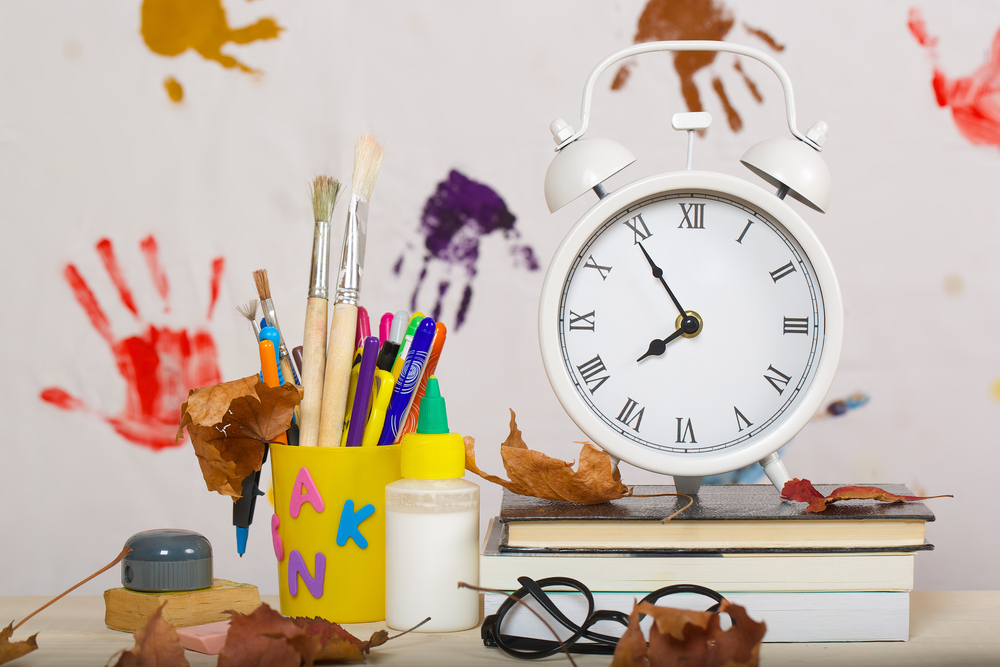Sound Association Normal Alphabet Worksheets for Ages 7-8
7 filtered results
-
From - To
Enhance your child's linguistic skills with our "Sound Association Normal Alphabet Worksheets" tailored for ages 7-8. These interactive worksheets focus on improving sound-letter associations, fostering better reading and spelling abilities. Each activity combines engaging visuals with phonetic exercises, making learning fun and effective. Perfect for either classroom or home use, our worksheets are designed to reinforce foundational language skills, ensuring your child gains confidence in recognizing and using alphabet sounds. Explore our curated collection to support your child's educational journey with these indispensable resources. Start transforming learning into an enjoyable adventure today!
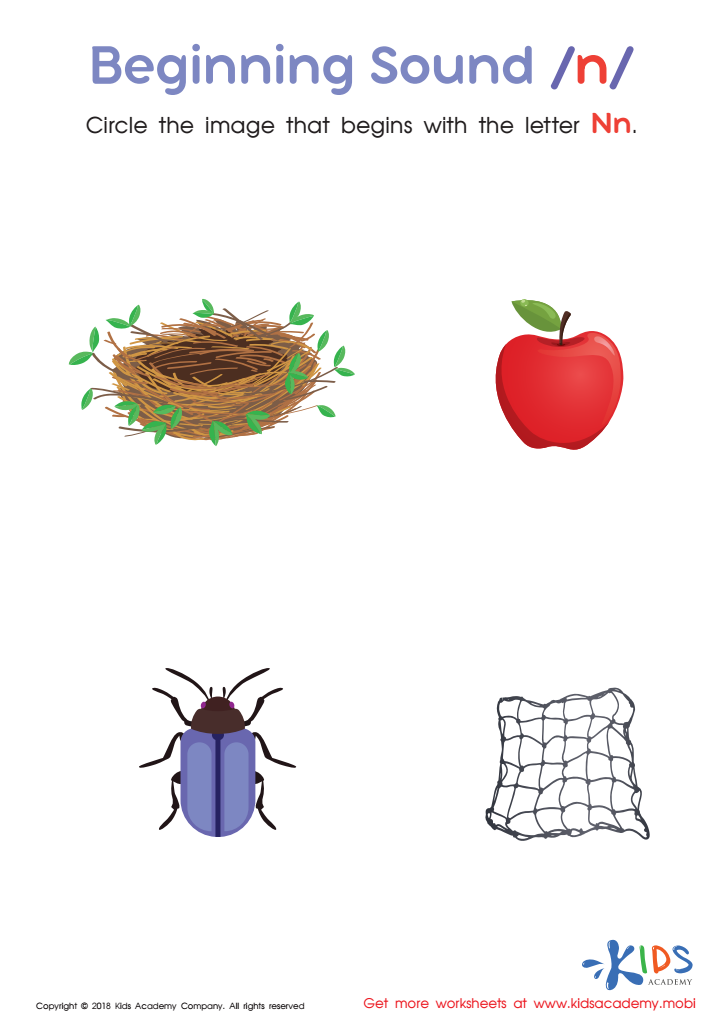

Beginning Sound «n» Worksheet
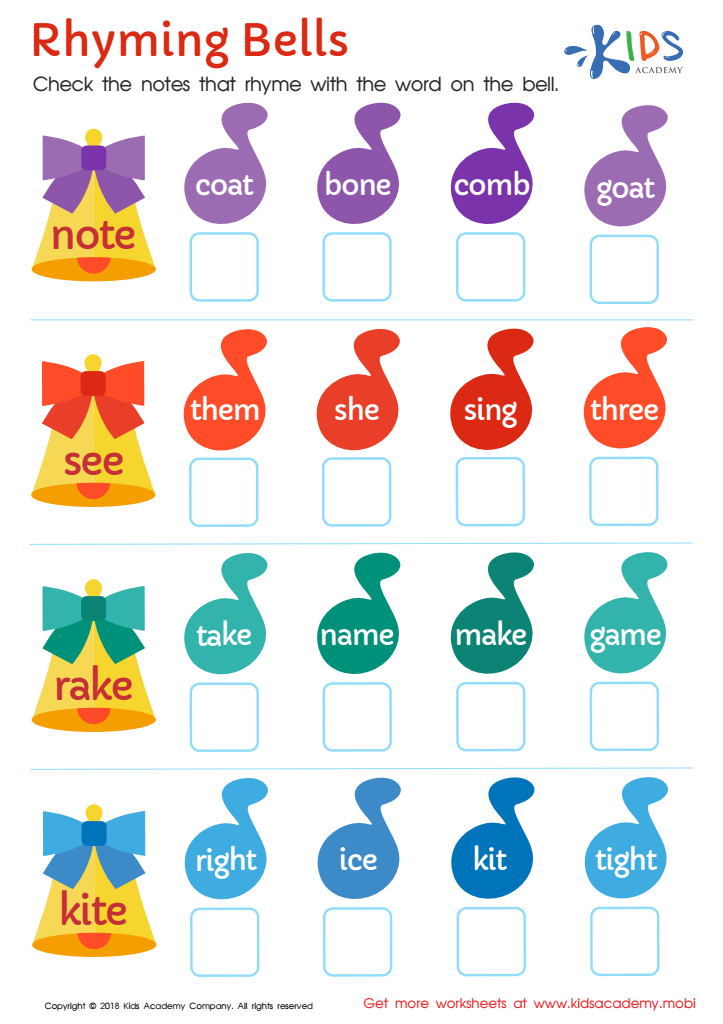

Rhyming Bells Worksheet
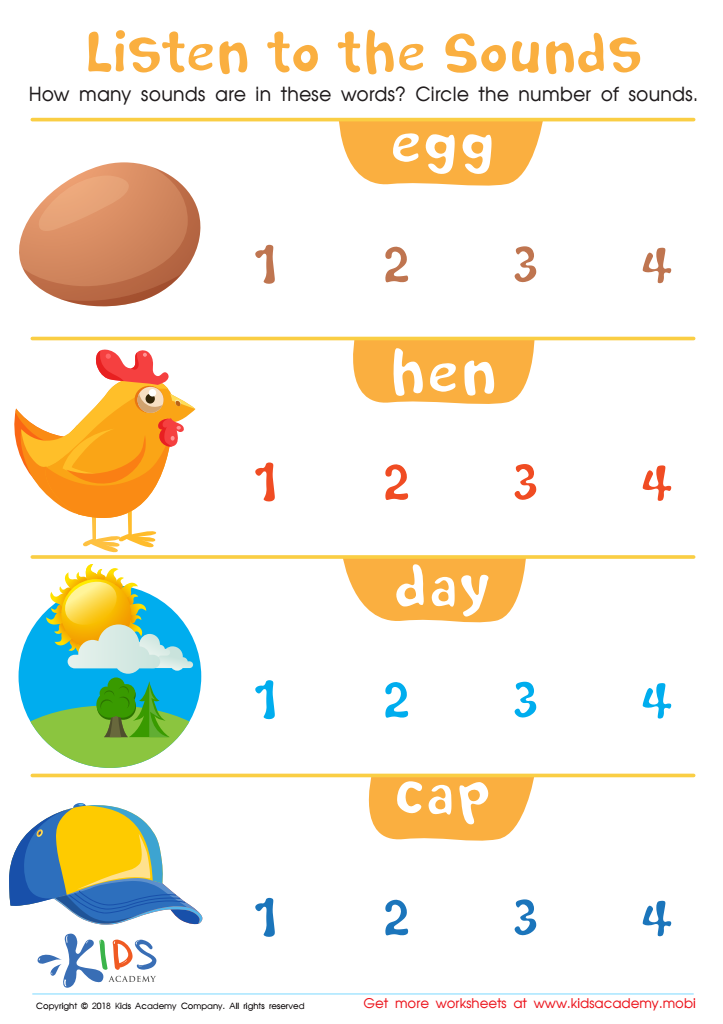

Listen to the Sounds Worksheet
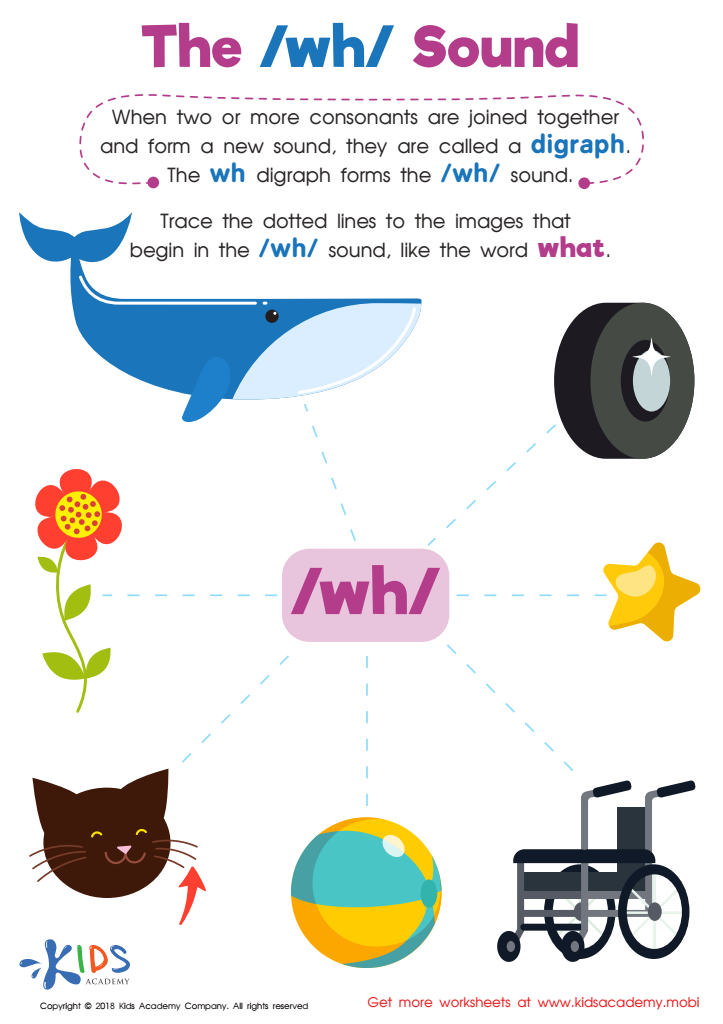

The /wh/ Sound Worksheet
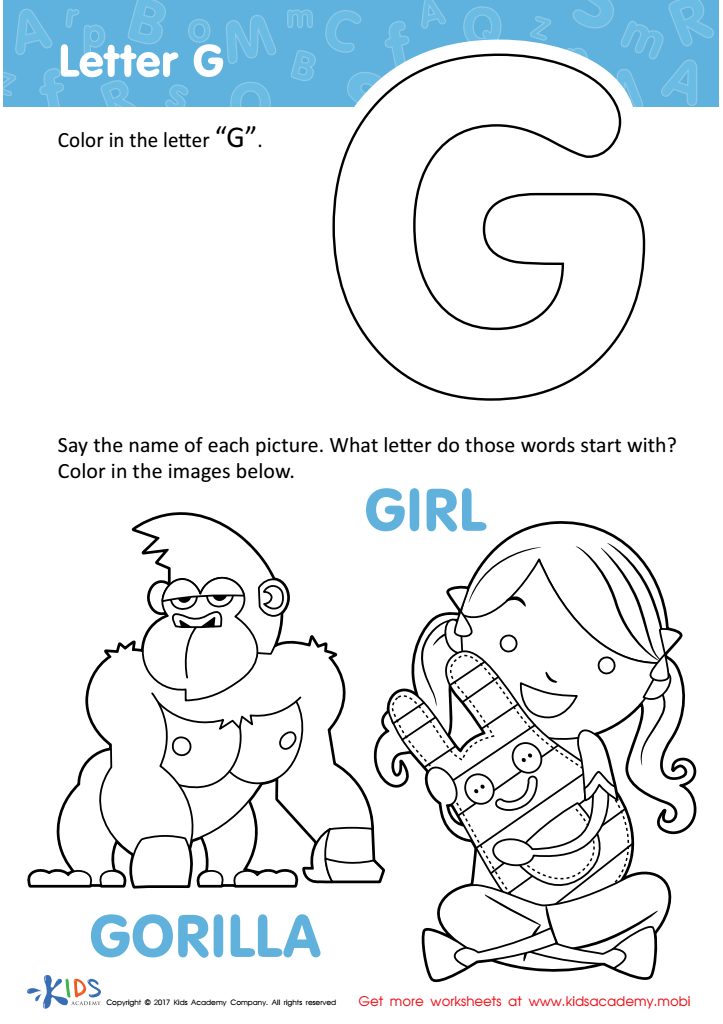

Letter G Coloring Sheet
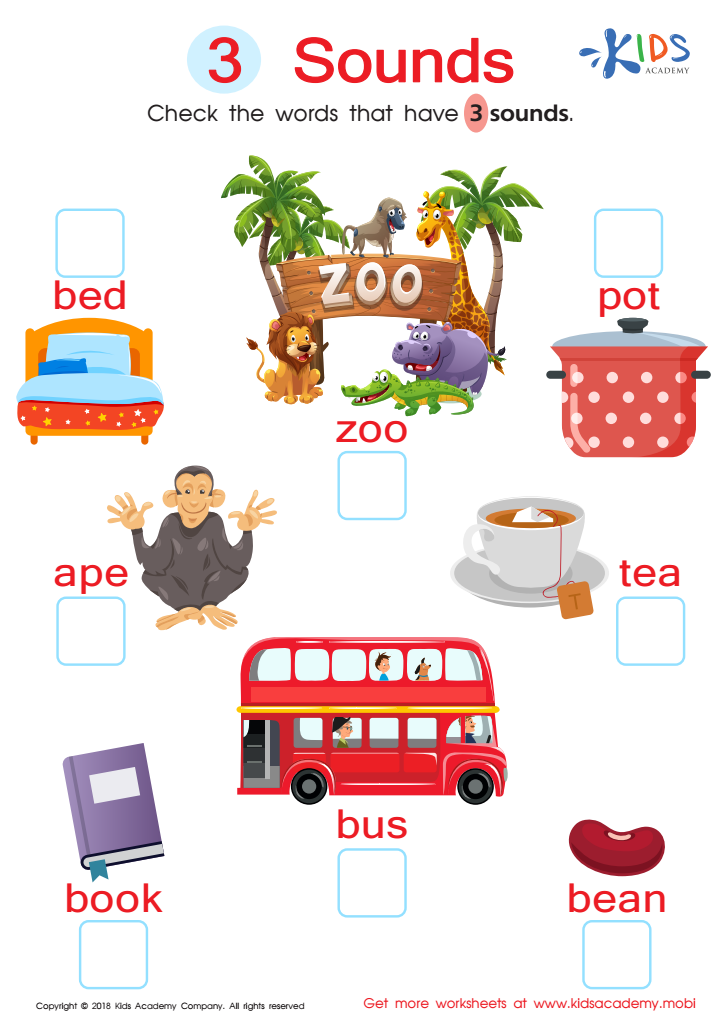

3 Sounds Worksheet
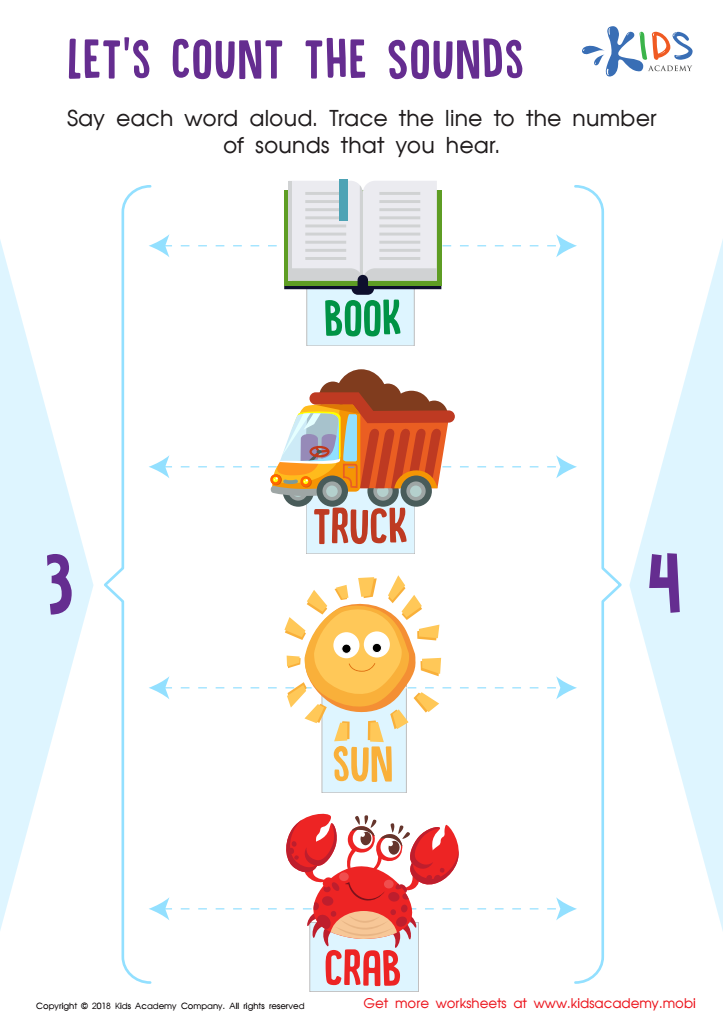

Let's Count the Sounds Worksheet
Caring about the Sound Association Normal Alphabet (SANA) for children aged 7-8 is crucial for several reasons. At this pivotal stage, kids are transitioning from learning to read to reading to learn. A strong foundation in phonemic awareness, which SANA promotes, ensures that children can easily decode new words and understand their meanings.
First, early literacy skills are the bedrock for future academic success. Proficiency in reading leads to better performance across all subjects, including math and science. SANA helps children associate sounds with letters smoothly, making reading a more effortless and enjoyable process.
Second, confidence in reading affects children's self-esteem and enthusiasm for learning. Through SANA, kids gain the necessary tools to recognize word patterns and sounds, fostering independence and confidence.
Moreover, basic reading skills are cumulative. Delays or challenges at this age can compound and become significant barriers in later grades. SANA provides structured, consistent exposure to sounds and letters, minimizing the risk of falling behind.
Lastly, engaging with SANA initiatives often makes learning more interactive and fun. Activities like singing, games, and storytelling around sound associations make educational experiences memorable, cementing concepts in young minds.
Given these reasons, both parents and teachers lay down the groundwork for lifelong learning and educational success by integrating SANA techniques into reading instruction.
 Assign to My Students
Assign to My Students




.jpg)

